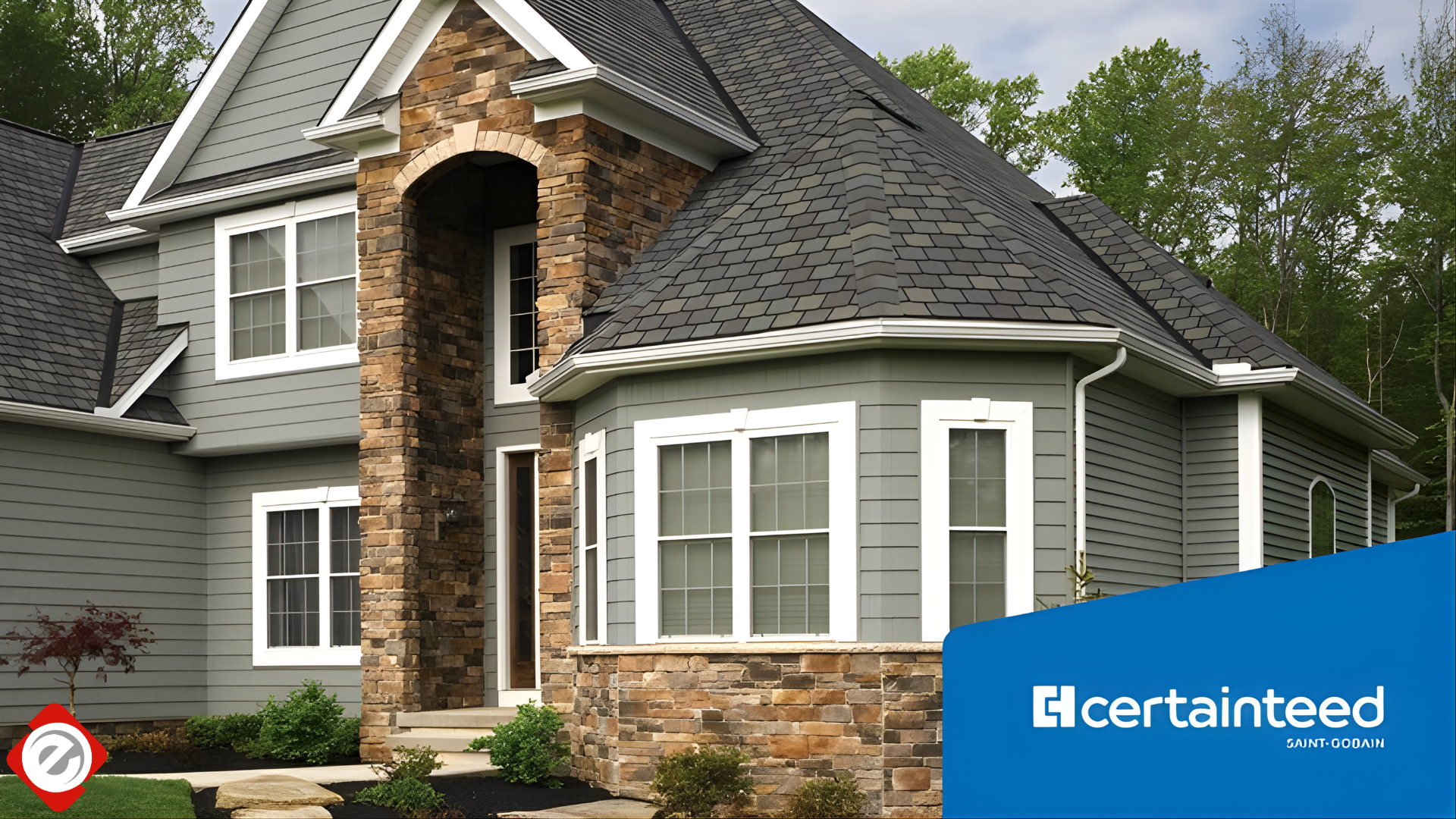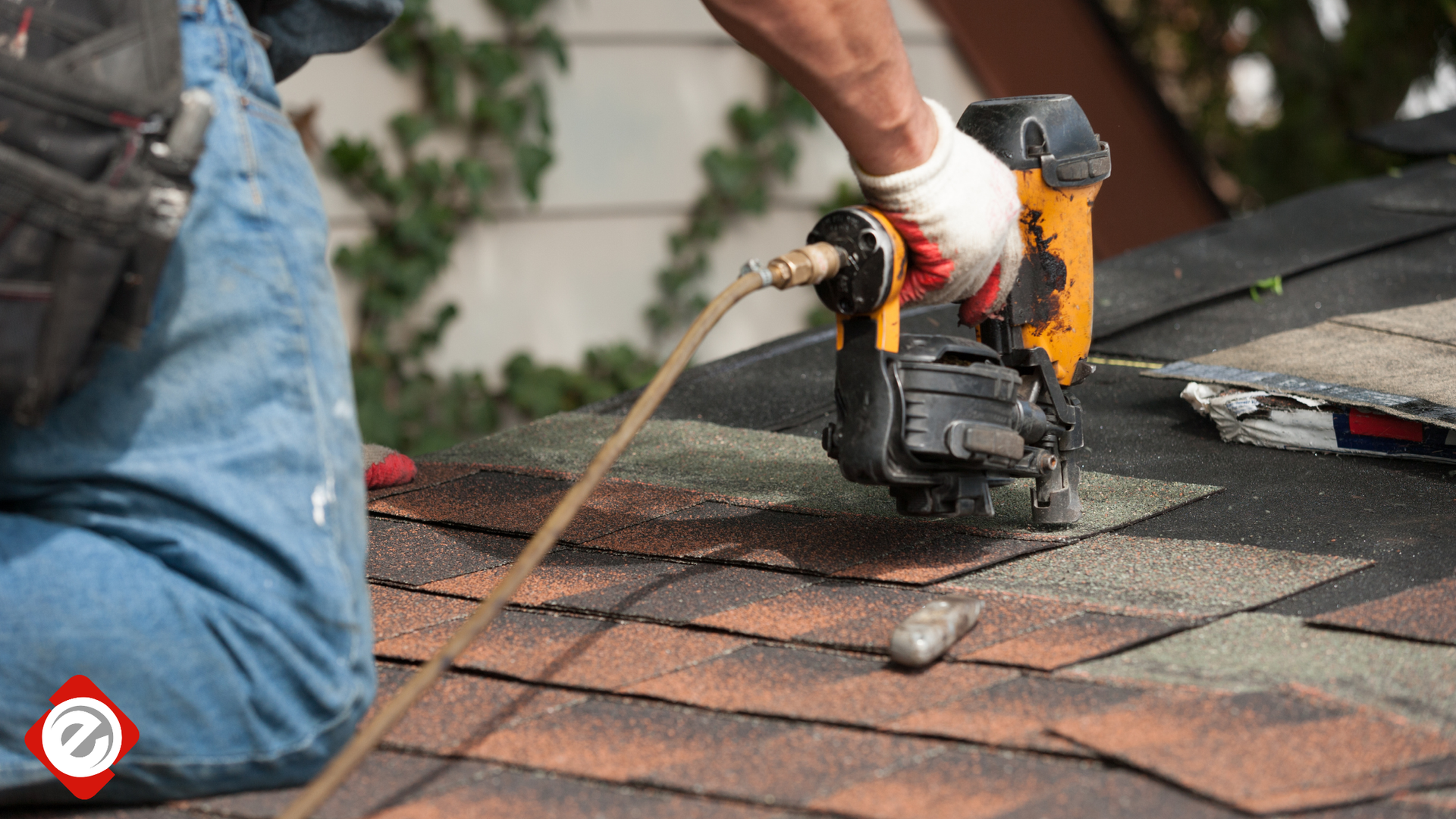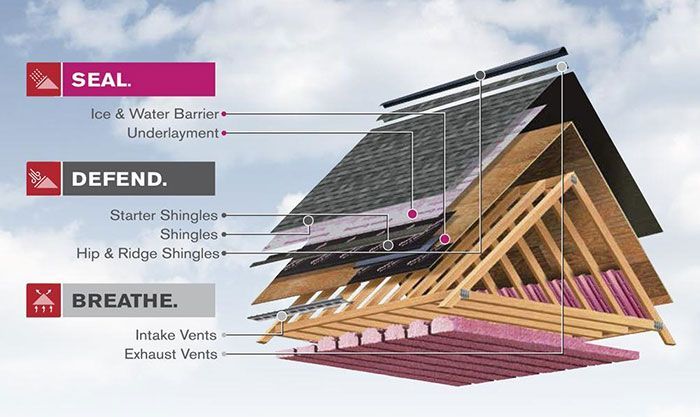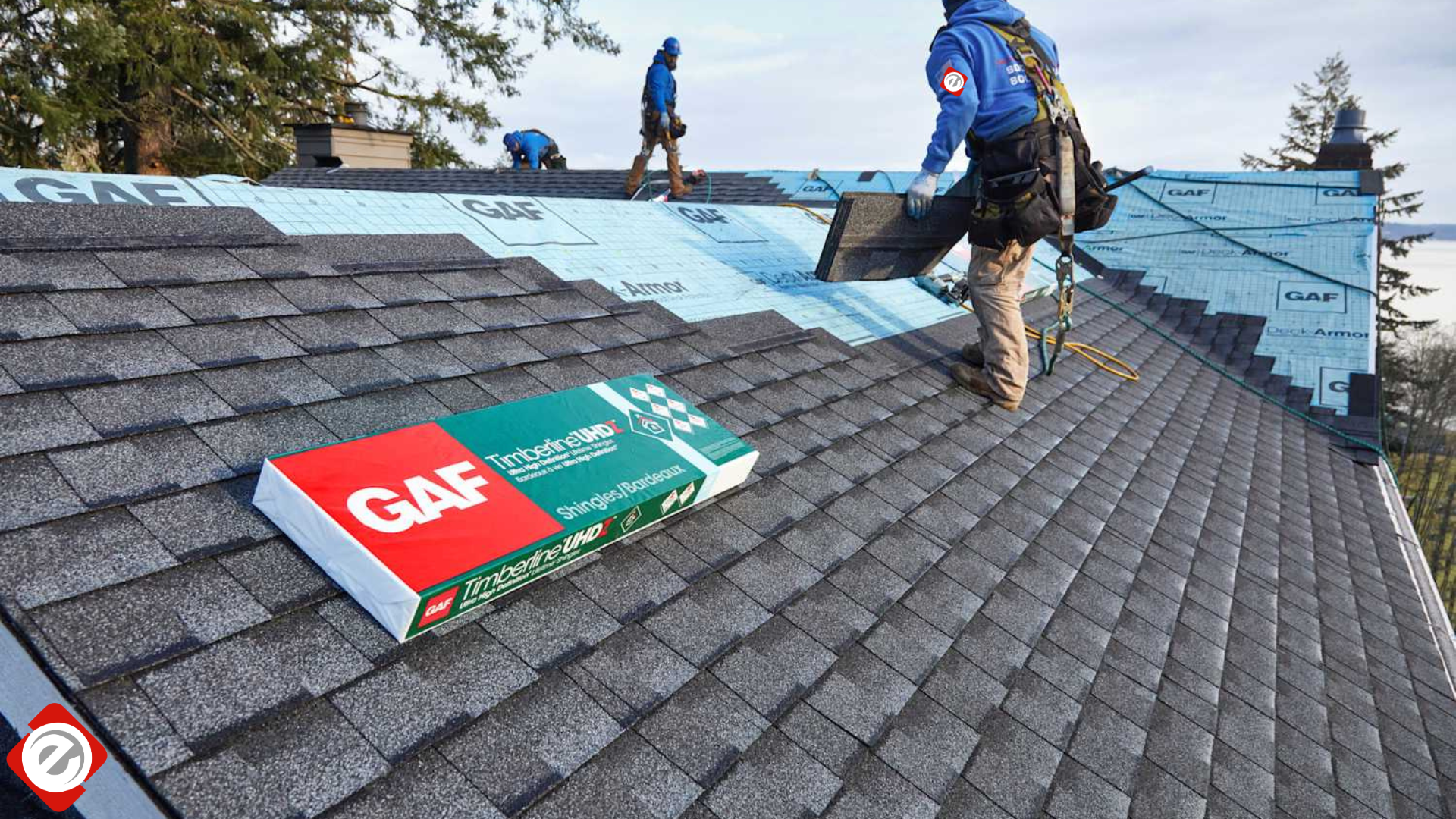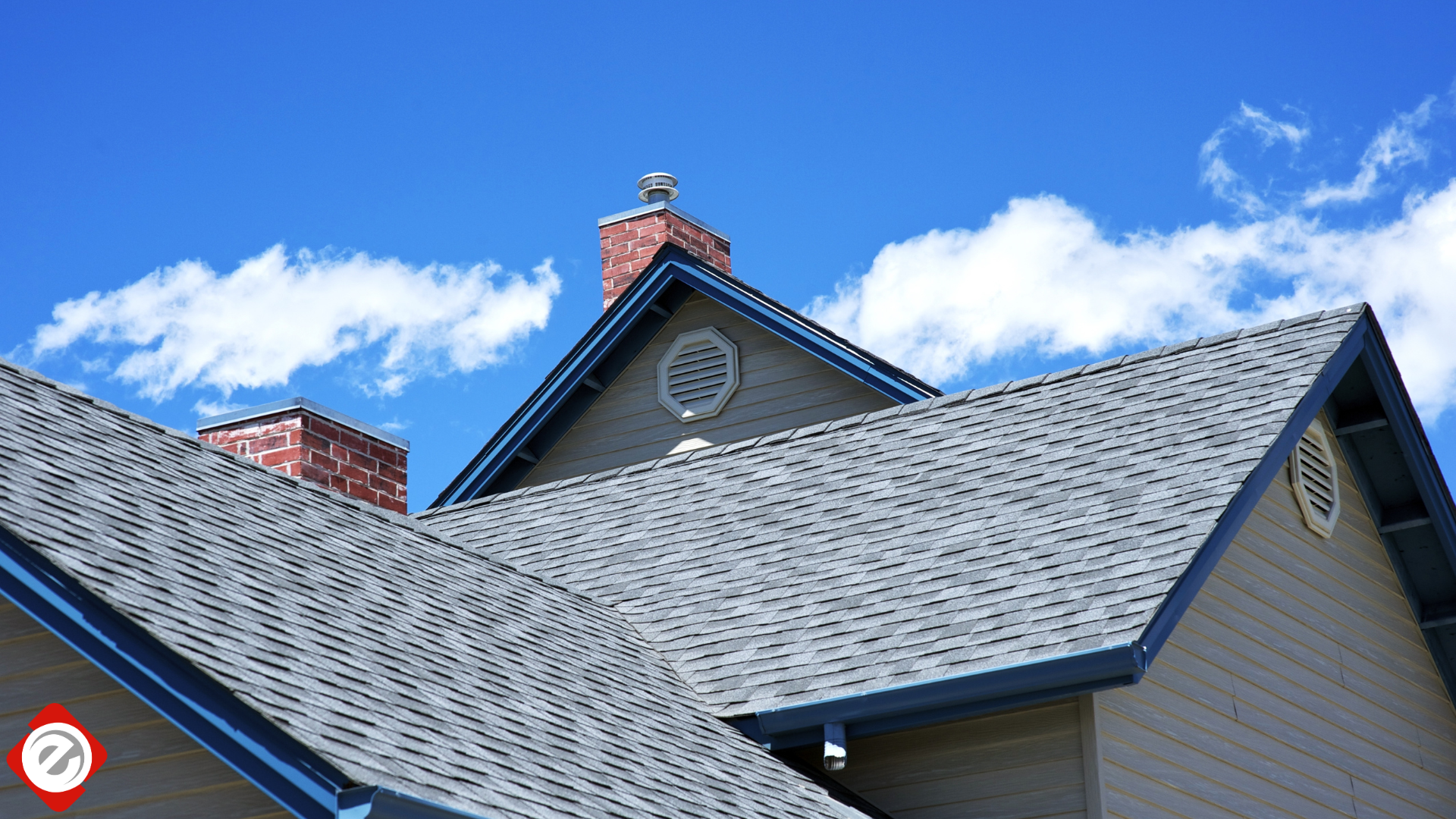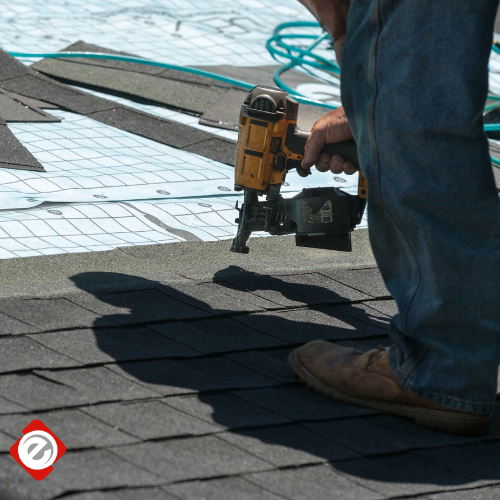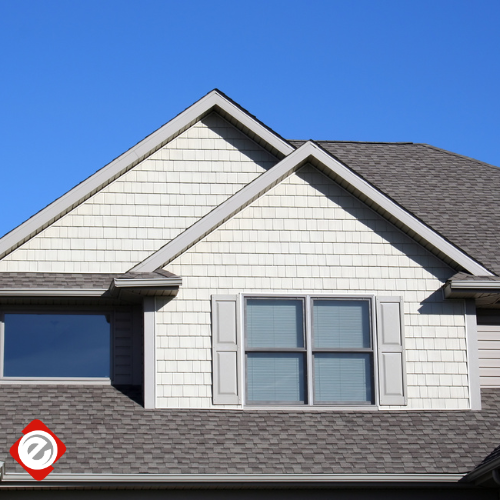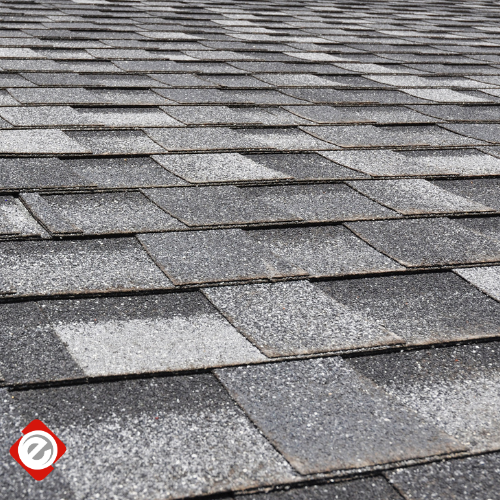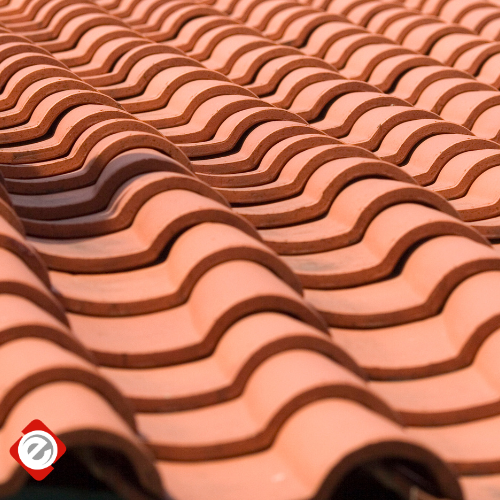econoroofing209@gmail.com
A Seasonal Roof Maintenance Checklist for Central Valley Homeowners

Your roof is your home’s first line of defense, enduring the Central Valley’s cycle of intense summer heat and wet winters. Proactive maintenance is the most effective way to protect this critical asset, extending its life and preventing small issues from becoming major expenses.
This seasonal checklist provides a simple, actionable plan to keep your roof in optimal condition year-round.
Seasonal Maintenance At-a-Glance
- Spring: Inspect for winter storm damage and clear gutters of debris.
- Summer: Check for heat damage like cracked shingles and ensure attic vents are clear.
- Fall: Perform a thorough gutter cleaning and schedule a professional inspection before the rainy season.
- Winter: Monitor for leaks after storms and look for any obvious signs of damage from the ground.
Spring Refresh: Recovering from Winter
As the weather warms, it’s the perfect time to assess any impact from winter storms and prepare for the growing season.
- Inspect for Winter Damage: From the ground, look for any shingles that are cracked, loose, or missing due to heavy rain or wind.
- Clean Gutters and Downspouts: Winter storms can fill your gutters with debris. Clear them out to ensure spring rains can flow freely and prevent water from backing up under your roof's edge.
- Check Flashing and Seals: Examine the metal flashing around chimneys, skylights, and vents. Ensure the seals are intact and there are no gaps that could allow for water intrusion.
- Trim Overhanging Branches: Prune back any tree branches that are close to or touching your roof. This prevents them from scraping against the shingles or falling during a summer thunderstorm.
Summer Prep: Defending Against the Heat
The primary challenge for a roof in our region is the relentless summer sun. A few key checks can help mitigate its impact.
- Look for Signs of Heat Damage: Prolonged UV exposure can cause roofing materials to warp, fade, or crack. A visual inspection can catch this early.
- Check Attic Ventilation: Proper ventilation is crucial to prevent superheated air from building up in your attic, which can damage shingles from below and increase your cooling costs. Make sure vents are not blocked.
- Inspect for Pests: Warm weather can attract birds, insects, and other pests looking to build nests in your eaves or gutters. Clear away any nests before they cause blockages or damage.
Fall Tune-Up: Preparing for Rain
Autumn is the most critical maintenance season. Preparing your roof now is the key to a worry-free winter.
- Perform a Thorough Gutter Cleaning: This is the most important task of the season. Clogged gutters are a primary cause of winter leaks. Ensure they are completely clear of fall leaves and debris.
- Conduct a Detailed Shingle Inspection: Carefully look for any damage that may have occurred during the summer, such as cracked or curling shingles, and address it before the rainy season begins.
- Clear Roof Valleys: Use a leaf blower or broom to clear debris from roof valleys, where two roof planes meet. Debris in these channels can trap moisture and lead to rot.
- Schedule a Professional Inspection: If you do one thing this season, make it this. A professional can spot subtle, hidden issues that aren't visible from the ground, ensuring your roof is truly ready for winter.
Winter Watch: Monitoring and Prevention
Winter maintenance is primarily about observation and safety.
- Inspect After Major Storms: After a heavy wind or rain storm, take a quick walk around your property to check for any obvious signs of damage, like missing shingles.
- Monitor Interior Ceilings: Keep an eye out for any new water stains on your ceilings or walls, especially near the attic or top floor. This is the earliest indicator of a leak.
- Avoid DIY Repairs on a Wet Roof: Snow and ice can make roofs extremely slippery and dangerous. If you spot a problem during the winter, always call a professional for any repair needs.
Frequently Asked Questions
How often should I get a roof inspection in the Central Valley?
We recommend a professional roof inspection at least twice a year—once in the spring after the rainy season, and once in the fall to prepare for winter. It's also critical to have an inspection after any major weather event, like a severe storm or high winds.
What does a professional roof inspection include?
A professional inspection is a comprehensive assessment of your entire roofing system. An expert will examine the condition of your shingles, check for compromised flashing and seals around chimneys and vents, ensure gutters and roof valleys are clear of debris, and look for hidden signs of damage in your attic that aren't visible from the ground.
The Value of a Professional Inspection
This checklist is a powerful tool for any homeowner. However, many potential issues like failing flashing or subtle structural damage can only be identified by a trained expert. For a complete overview of roofing in our region, see our
The Ultimate Guide to Roofing for Central Valley Homeowners.
Your home's protection is a year-round commitment. If you've noticed any of the issues on this checklist, or simply want the certainty that your roof is ready for the season ahead, schedule a free, no-obligation inspection with our certified team.





